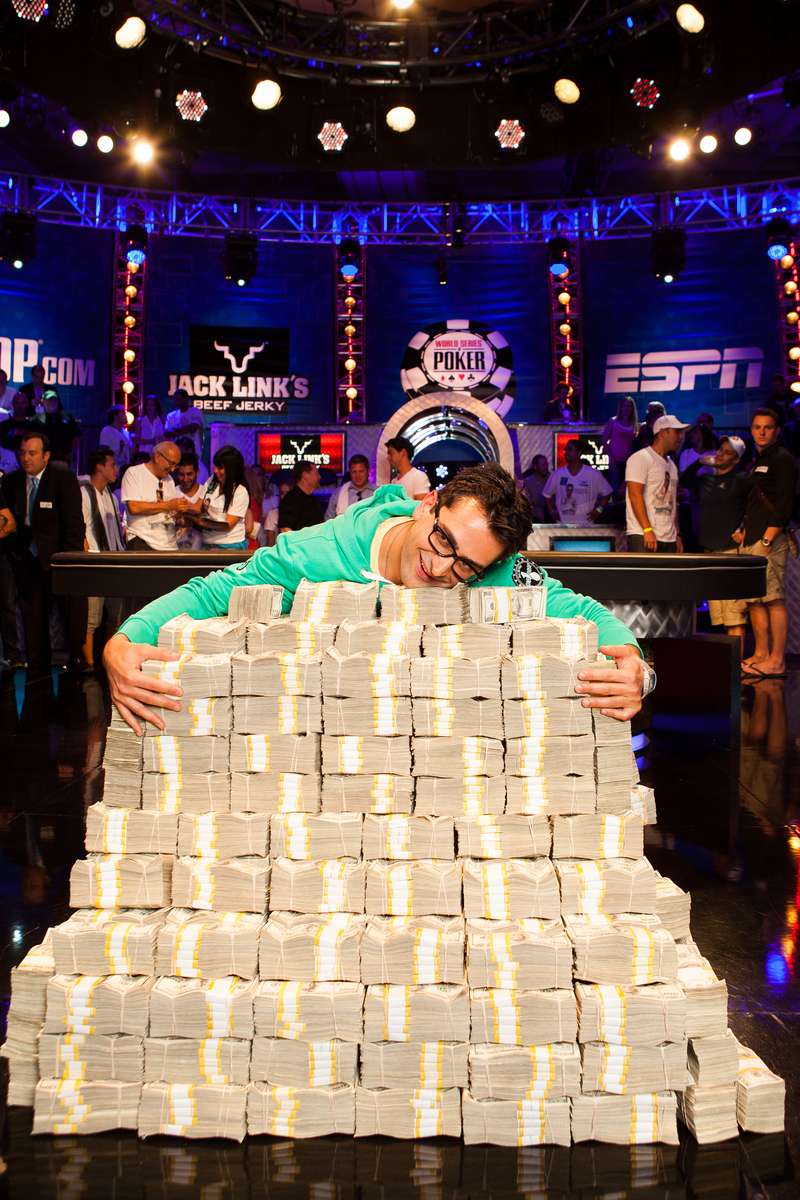How To Play A Flush Draw

Be more inclined to bet when your non-made hand has a backdoor flush draw. An exciting part of playing poker is to encounter a flush draw. The flush in poker is a five-card poker hand consisting of cards from the same suit. This is a highly sought-after hand ranking as it sits at the fifth position on the poker hand rankings table, making it a formidable hand to win with. Therefore, seeing this on the table instantly puts the player on an advantage provided he knows how to take it from there. A flush draw is a hand that is one card short of making a flush. In simple words: four cards of the same suit or an incomplete flush. This kind of situation occurs on the flop and turn. There is no point in counting it on the river, since the flushdraw is not a finished combination.
We have compiled the complete bible of tips on how to successfully play flush draws in different situations.
Think in Terms of Equity rather than hand strength
If you think in terms of hand strength only, then you will lose the capability to make good laydowns.
Let’s say we have AA and we see a flop of 9 8 5 and get check-raised…
well here in terms of hand strength we still have a very strong hand, however, when we face a raise here against a check-raising range that includes hands like 96, 97, 98, 55, 88, 99, JT, QJ, 67 and a few other holdings, we might only have around 40% equity.
So thinking in terms of equity is going to help our game greatly, now when we apply that to flush draws there is a wide range of equities that can apply to our draws.
There are going to be drawing hands which even though look pretty, can be easily dominated by better draws, two pairs and sets when a great deal of money goes into the middle, so be wary of what your equity looks like compared to other holdings you could just as easily have.
Raise with your strongest draws
Players will overplay worse draws with check-raises and other aggressive moves, so we can counter this by having strong semi bluffs to get value from this kind of action with our strongest draws putting in more action.
Look to raise with Ace high and King high flush draws and lean towards raising more often when you have two overcards or a straight draw alongside the flush draw you have, because these spots we have so much equity piling our stacks in can never be a terrible move.
Bluff with your worst missed draws on the River
When we have Ace high or King high draws we still can beat a few of our opponent’s hands, so we are less incentivized to bluff with these holdings as we have some showdown value.
We can look to merge hands where our opponent bets Flop, checks back Turn and when the action is on us we could look to value bet fairly wide and therefore we can look to merge in some bluffs here.
Our opponent’s range is capped so we don’t have to use a huge sizing, we are looking to bet out weak holdings that will fold nearly as often to smaller bets as they would to a polarised sizing, so no need to waste extra chips here by going large with our bluffs.
Good bluffs to use are hands that don’t block other better flush draws, so lower draws make for perfect bluffs to bluff out what might have been a better draw.
Check-Back with our weaker draws
If your hand cannot stand a check-raise from our opponent, then don’t risk getting blown off your equity in these spots.
The shorter stack you get, the more you want to protect your chips and your equity when you get shorter stacked, so look to bet small. We will be protected by having other hands that might check back to induce bluffs on the River when we have strong hands, so don’t worry about appearing weak, just look to balance in these spots with some stronger checks too.
Don’t Go Chasing Waterfalls (Or in this case Flush Draws)
TLC said it best… don’t go chasing in Poker, you can’t defy the odds!
If you call full pot size bets of $20 into a $20, you will need 33% equity to make this profitable.
With just a flush draw and 9 outs, you will have only have around 18% equity. So you can’t profitably call against big bets.
A basic rule of calling is to fold any draws when you don’t have at least one overcard with your flush draw, if you have an overcard with your draw the math is closer, so you could continue sometimes.
Nut Flush Draw
You can also break this rule very occasionally if you are deep stacked and you think you can win a big pot if you hit your hand versus this particular opponent.